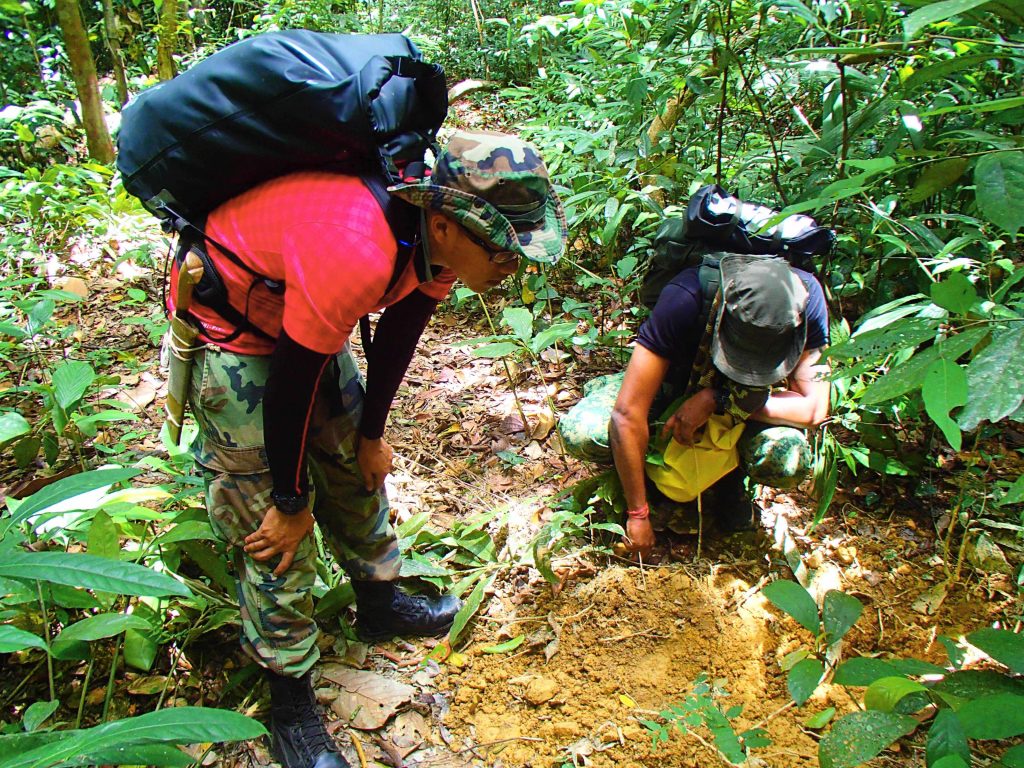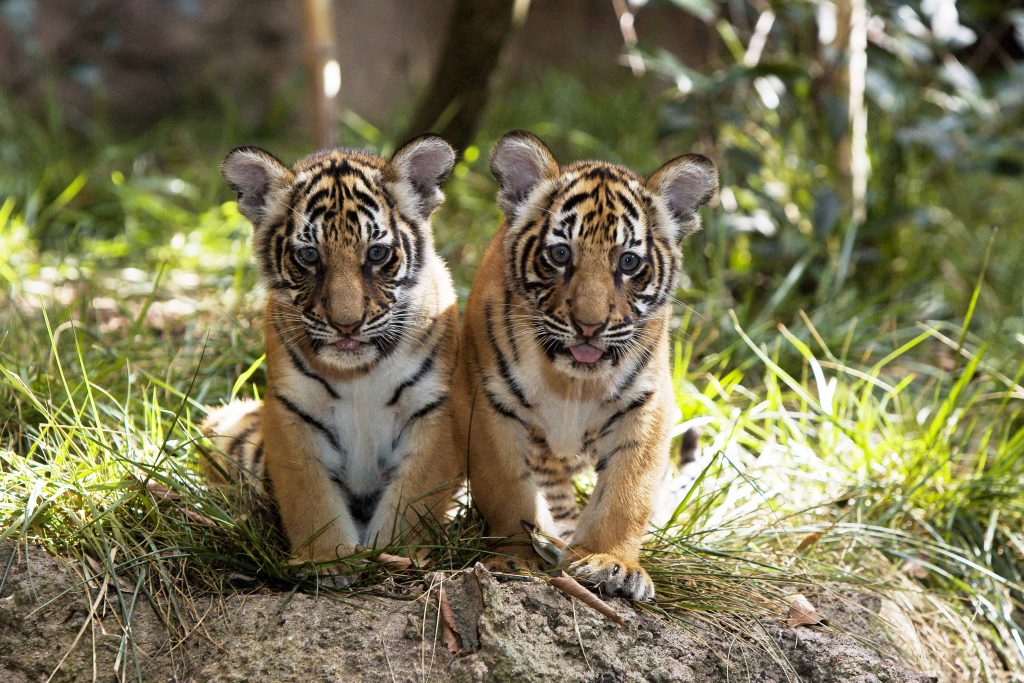
Malayan tigers get a boost to support on-the-ground protection
Text Loretta Ann Shepherd
In 2014, tiger conservationists revealed that despite having the target of doubling the Malaysian tiger population to 1,000 by 2020, all that remained were an estimated 300 tigers. The world over, tiger experts from various sectors have been attempting to devise tiger-saving mechanisms, but with little success. Globally, fewer than 3,000 linger on, down from a 100,000 a mere century ago. But it is undeniable that the tiger might already be extinct in the wild if not for conscious conservation efforts by many.
The recent publication MYCAT Tracks: The Malayan Tiger’s Struggle for Existence profiles over a decade of trials and tribulations of Malayan tiger conservation. Published by the Malaysian Conservation Alliance for Tigers (MYCAT), it makes a frightening prediction – Malayan tigers will disappear from most forests within the next 10 years if Malaysia does not up her game right now.
And this means not just the handful of tiger people shouldering a burden hundredfold, but that everyone needs to step in and step up, starting with none other than the Malaysian prime minister. MYCAT’s clarion call to the prime minister: establish a “tiger task force” with the sole purpose of saving Malaysia’s national icon, whatever it takes, without taking the business-as-usual approach. “Now is the time for aggressive, innovative measures led by quality scientific research in informed decision-making,” says MYCAT.

Citing Thailand’s Huai Kha Khaeng Wildlife Sanctuary, which has 284 full-time staff patrolling 19,000 kilometres every year, for example, the group says, to achieve the same intensity of foot-patrols in the 4,343 square kilometres of Taman Negara – the largest priority area for the Malayan tiger – requires 400 personnel patrolling the park full time. Yet the current available manpower is less than 10 percent of what is needed.
“More resources must be urgently invested into protecting Malayan tigers and who better to direct such moves than Malaysia’s elected leader?” asks MYCAT.
MYCAT also believes there must be increased involvement of business, local communities and citizen conservationists – and to this end, it has been cultivating partnerships with members of these various sectors. MYCAT’s flagship citizen conservation programme, Citizen Action for Tigers (CAT), is the only programme in Malaysia that enables volunteers to participate in anti-poaching wilderness watches.
Volunteers look out for signs of poachers, snares, as well as tigers, elephants, sambar and other species on what are called CAT Walks. Snares and traps found are recorded, deactivated and reported to the authorities. Camera traps are checked to monitor wildlife. Kicking off in 2010, the lunar year of the tiger, it has since resulted in the removal of hundreds of snares, saving many animals from death or injury and passed actionable information to the authorities, leading to raids and arrests of poachers and their middlemen.

In September 2014, Singapore’s Cicada Eco-Tree Place organised a fundraising dinner to partially subsidise the costs for 50 Singaporean CAT volunteers who were encouraged to pay it forward by participating in future CAT Walks at their own cost, to sustain critical capacity for citizen conservation efforts.
“It appears that the presence of citizen conservationists has reduced poaching activity as we are now seeing more wildlife signs in the corridor. If one day we find tiger pugmarks (footprints) in the corridor, it will be a dream come true,” said Suzalinur Manja Bin Bidin, the CAT Programme Manager. Protecting Malaysia’s wildlife on the ground are brave rangers, who tirelessly and thanklessly risk their lives, and CAT provides citizens from all walks of life to help them.
In March 2015, MYCAT won a vote-based grant from the European Outdoor Conservation Association of €30,000 (US$32,300) to expand the programme, bringing more watchful eyes to the Sungai Yu Wildlife Corridor in Pahang, which links Taman Negara to the Main Range, together forming the world’s fifth-largest tiger landscape.
“We have always strived to include the public as a stakeholder in tiger conservation as we believe that an empowered and informed public holds the key to the future of the Malayan tiger,” explains Suzalinur.
“The ultimate mark of success would be to one day find tiger pugmarks in the corridor. We will keep fighting, and we hope more people from all sectors of our society will join us. And one day, when we have the means and resources to do so, perhaps we can expand CAT to other important wildlife habitats, too.”
For more stunning stories and photographs from this issue, check out Asian Geographic Issue 111.










